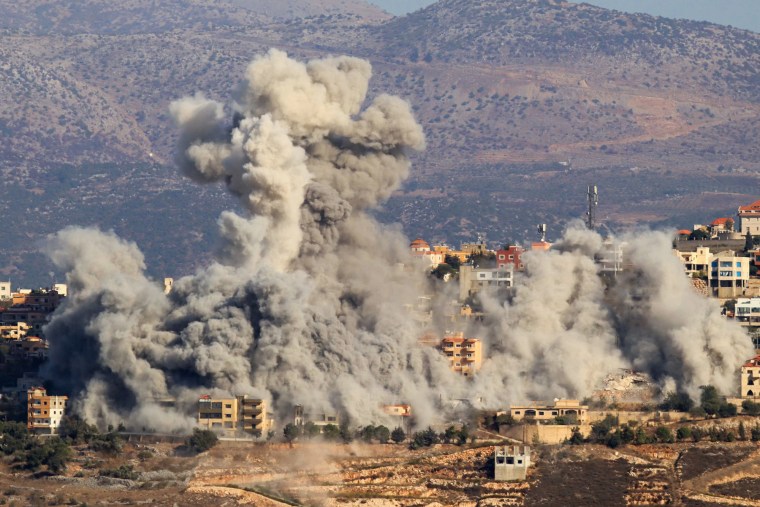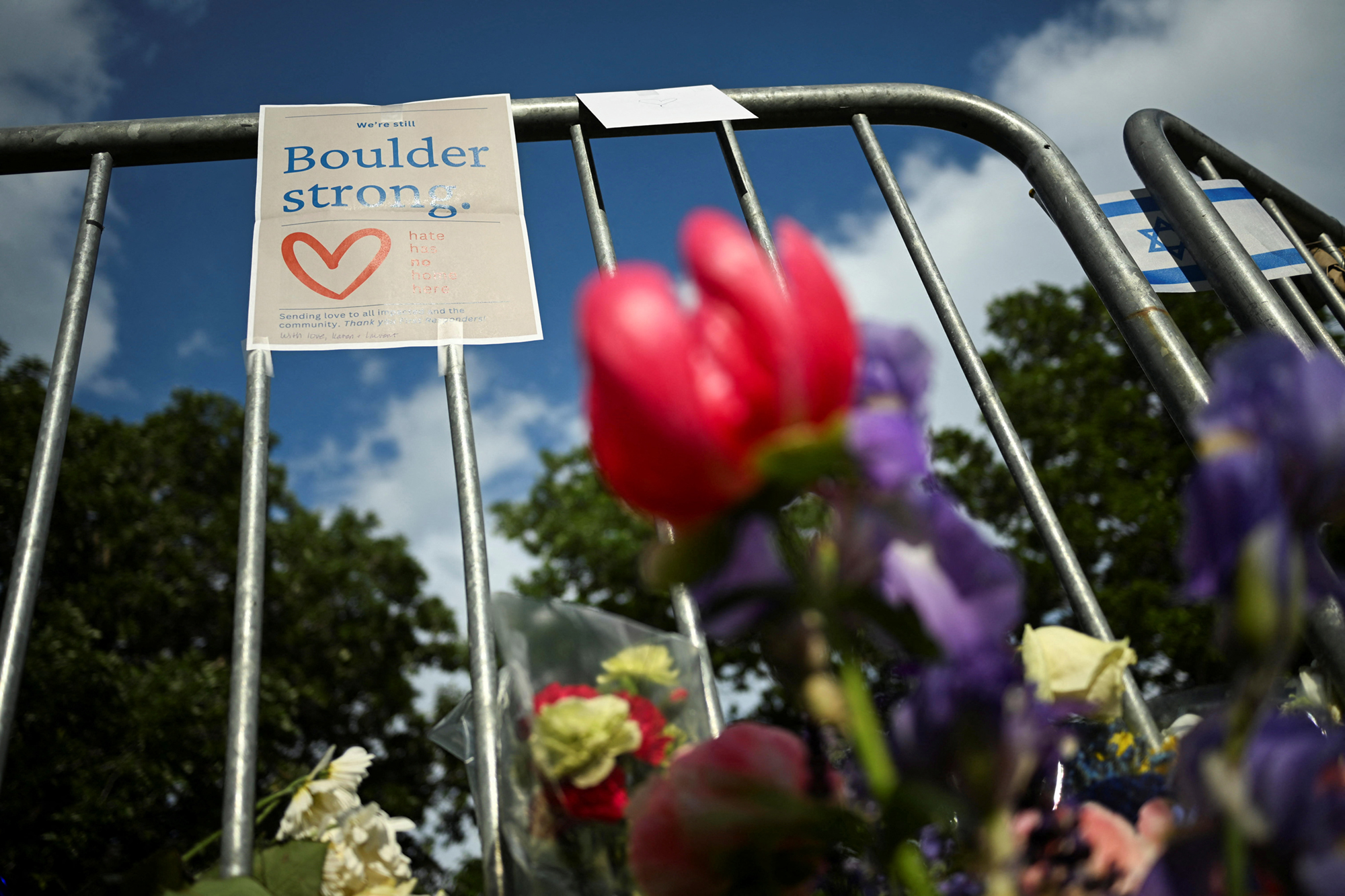DEP forecasts Code Orange Air Quality Action Day Tuesday, Aug. 5. Here’s what that means – Lebanon Daily News

Air Quality Alert Issued for Central and Eastern Pennsylvania
Event Summary and Affected Regions
The Pennsylvania Department of Environmental Protection has declared a Code Orange Air Quality Action Day for Tuesday, August 5, 2025. This alert is in effect for the Lehigh-Berks and Susquehanna valley areas. The primary cause for the degraded air quality is smoke from Canadian wildfires, which is expected to elevate PM2.5 particulate matter averages into the Code Orange range. Light southeasterly winds are anticipated to limit pollutant dispersion.
The specific counties included in this Action Day forecast are:
- Lancaster
- Lehigh
- Northampton
- Berks
- Cumberland
- Dauphin
- Lebanon
- York
Public Health and Sustainable Development Goal Implications
Health Advisory and SDG 3: Good Health and Well-being
A Code Orange declaration signifies that air pollution levels are unhealthy for sensitive groups. This event directly impacts the achievement of SDG 3, which aims to ensure healthy lives and promote well-being for all. Specifically, it relates to Target 3.9, which seeks to substantially reduce illnesses and deaths from air pollution.
In line with protecting public health, officials have issued the following guidance:
- Children, older adults, and individuals with pre-existing respiratory conditions should avoid heavy outdoor activity.
- All residents are encouraged to monitor current conditions in their area via airnow.gov.
Voluntary Actions for SDG 11: Sustainable Cities and Communities
Residents and businesses are strongly encouraged to take voluntary measures to help reduce air pollution. These actions contribute to SDG 11, particularly Target 11.6, which focuses on reducing the adverse per capita environmental impact of cities by improving air quality.
Recommended actions include:
- Avoiding the use of gas-powered lawn and garden equipment.
- Avoiding the open burning of leaves, trash, and other materials.
- Reducing or eliminating fireplace and wood stove use.
Environmental Context and Further SDG Connections
Wildfires, Climate, and Ecosystems (SDG 13 & SDG 15)
The source of the pollution—wildfire smoke—highlights the interconnectedness of global environmental challenges. Such events underscore the goals of SDG 13 (Climate Action), as climate change is linked to the increasing frequency and intensity of wildfires. Furthermore, the incident relates to SDG 15 (Life on Land), as the wildfires represent a significant disruption to terrestrial ecosystems, with transboundary effects on human populations.
Air Quality Index Levels
The air quality warning system provides a scale to communicate health implications:
- Green: Air quality is good, and pollution poses little or no risk.
- Yellow: Air quality is moderate; there may be a health concern for a very small number of people who are unusually sensitive to air pollution.
- Orange: Air quality is unhealthy for sensitive groups.
- Red, Purple, or Maroon: Air quality is unhealthy to very hazardous for everyone, with increasingly serious health effects for the entire population.
Official Resources
For additional information and real-time updates, the public can consult the following official sources:
- Pennsylvania Department of Environmental Protection: www.dep.pa.gov
- U.S. Environmental Protection Agency’s AirNow Website: www.airnow.gov
Analysis of Sustainable Development Goals in the Article
1. Which SDGs are addressed or connected to the issues highlighted in the article?
-
SDG 3: Good Health and Well-being
The article directly addresses public health by issuing a “Code Orange Air Quality Action Day,” which signifies pollution levels that are “unhealthy for sensitive groups of people.” It specifically warns children, older adults, and those with respiratory conditions to avoid heavy outdoor activity, linking air quality directly to human health and well-being.
-
SDG 11: Sustainable Cities and Communities
The issue is localized to specific communities, including the “Lehigh-Berks and Susquehanna valley areas” and several counties. The article calls on “residents and businesses within the Air Quality Action Day areas” to take voluntary actions to reduce pollution. This focus on urban and regional air quality and community-based mitigation efforts connects directly to creating sustainable and safe living environments.
-
SDG 13: Climate Action
The primary source of the pollution is identified as “smoke from Canadian wildfires.” The increasing frequency and intensity of wildfires are widely linked to climate change. The air quality alert system itself represents an adaptive measure to a climate-related hazard, which is a key aspect of climate action.
-
SDG 15: Life on Land
The root cause of the air quality issue is “Canadian wildfires.” Wildfires are a direct threat to forests, biodiversity, and terrestrial ecosystems. This connects the article’s subject to the broader goal of protecting and restoring life on land and managing forests sustainably.
2. What specific targets under those SDGs can be identified based on the article’s content?
-
Target 3.9
“By 2030, substantially reduce the number of deaths and illnesses from hazardous chemicals and air, water and soil pollution and contamination.” The article’s entire purpose is to warn the public about unhealthy air pollution (specifically PM2.5) to prevent illnesses, particularly among vulnerable populations. The health advisory is a direct action toward achieving this target.
-
Target 11.6
“By 2030, reduce the adverse per capita environmental impact of cities, including by paying special attention to air quality…” The article focuses explicitly on air quality in specific Pennsylvania regions. It encourages citizens to reduce local pollution by avoiding gas-powered equipment and open burning, which are direct efforts to mitigate the environmental impact of these communities.
-
Target 13.1
“Strengthen resilience and adaptive capacity to climate-related hazards and natural disasters in all countries.” The Air Quality Action Day is a system designed to increase the community’s resilience and adaptive capacity to the hazard of poor air quality resulting from a climate-related event (wildfires). It provides information and guidance to help people adapt their behavior to minimize health risks.
3. Are there any indicators mentioned or implied in the article that can be used to measure progress towards the identified targets?
-
Indicator 11.6.2
“Annual mean levels of fine particulate matter (e.g. PM2.5 and PM10) in cities (population weighted).” The article explicitly mentions that smoke will “bring PM2.5 averages to the code ORANGE range.” This is a direct reference to measuring fine particulate matter (PM2.5), which is the core component of this indicator. The color-coded warning system (Green, Yellow, Orange, Red) is a public-facing representation of these measured levels.
-
Indicator 3.9.1
“Mortality rate attributed to household and ambient air pollution.” While the article does not provide mortality statistics, it directly addresses the health risks that contribute to this indicator. The warning for “sensitive groups” and advice to “avoid heavy outdoor activity” are preventative measures aimed at reducing the illnesses and potential deaths associated with high levels of ambient air pollution.
4. Table of SDGs, Targets, and Indicators
| SDGs | Targets | Indicators |
|---|---|---|
| SDG 3: Good Health and Well-being | Target 3.9: Substantially reduce deaths and illnesses from air pollution. | Indicator 3.9.1 (Implied): The article’s health warnings for sensitive groups due to air pollution are aimed at preventing the illnesses and deaths measured by this indicator. |
| SDG 11: Sustainable Cities and Communities | Target 11.6: Reduce the adverse per capita environmental impact of cities, paying special attention to air quality. | Indicator 11.6.2 (Mentioned): The article explicitly refers to “PM2.5 averages” reaching the “code ORANGE range,” which is a direct measurement of fine particulate matter in cities. |
| SDG 13: Climate Action | Target 13.1: Strengthen resilience and adaptive capacity to climate-related hazards. | The Air Quality Action Day system itself serves as an adaptive strategy to the hazard of wildfire smoke, a climate-related phenomenon. |
| SDG 15: Life on Land | The article’s focus on the effects of “Canadian wildfires” connects the issue to the health and sustainable management of forests. | Not directly mentioned in the article. |
Source: ldnews.com

What is Your Reaction?
 Like
0
Like
0
 Dislike
0
Dislike
0
 Love
0
Love
0
 Funny
0
Funny
0
 Angry
0
Angry
0
 Sad
0
Sad
0
 Wow
0
Wow
0











































































